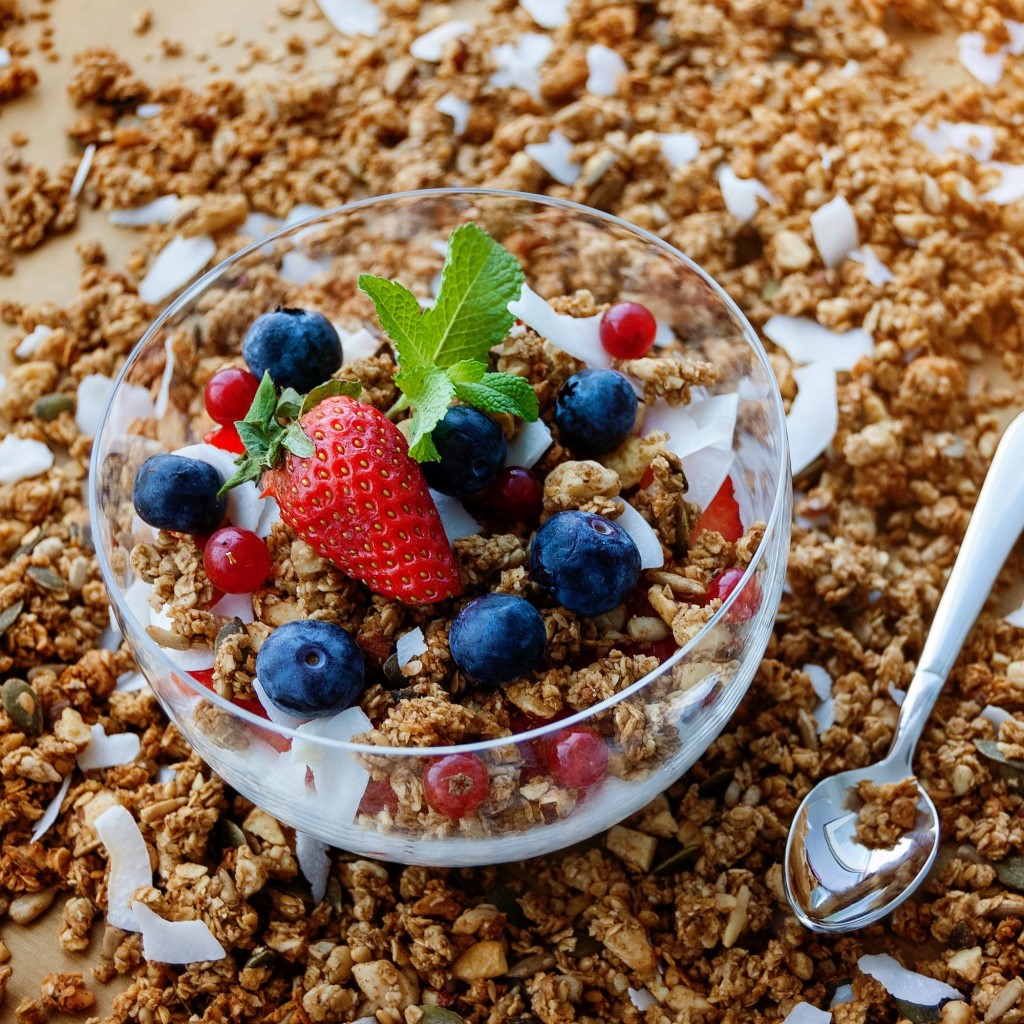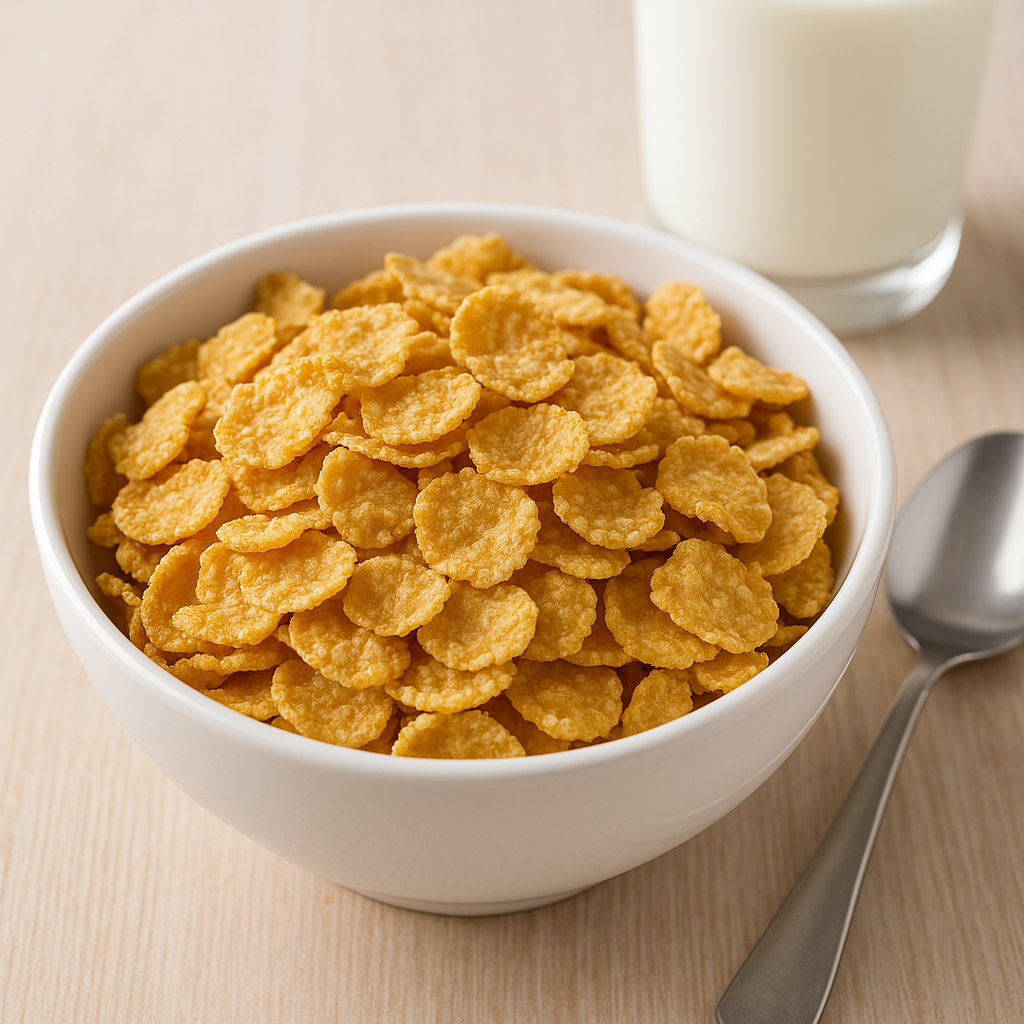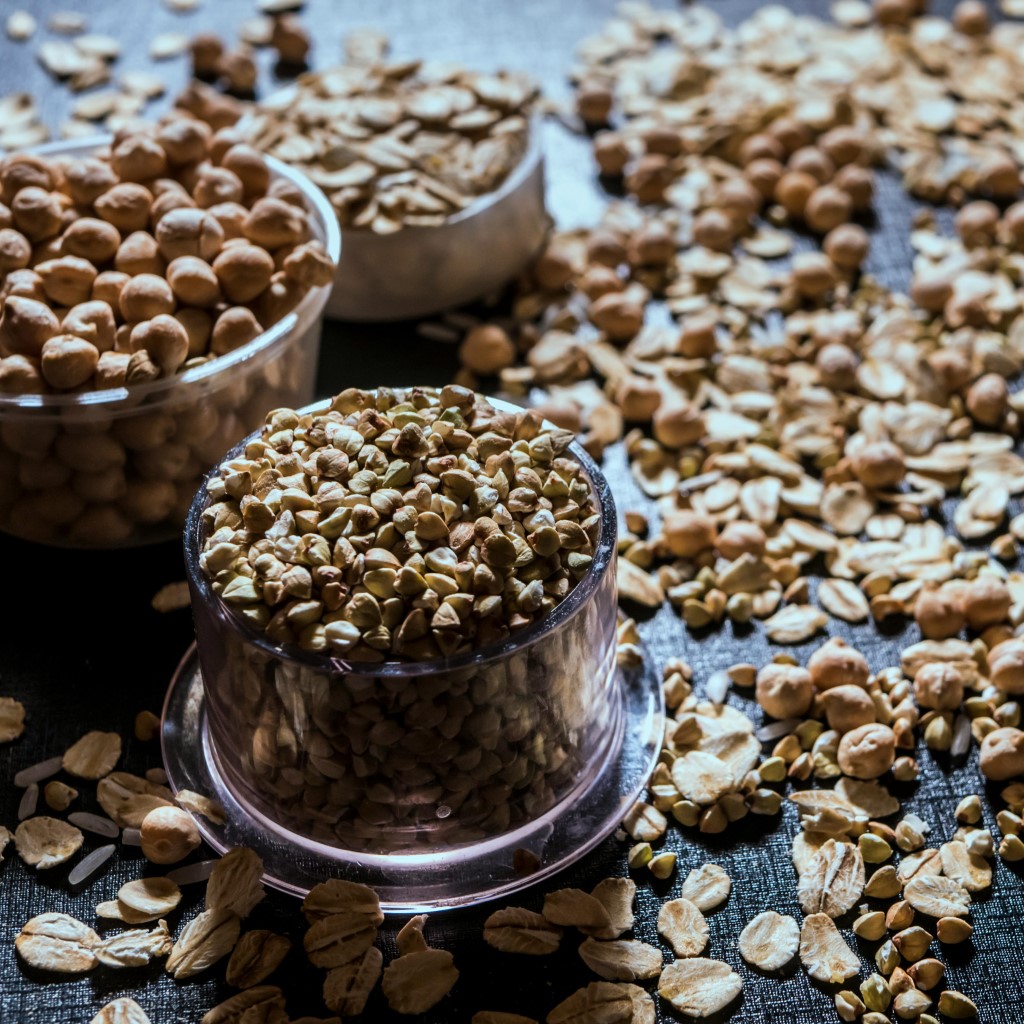Cereals
Discover the of Cereals.
Cereals are staple food products derived mainly from grains such as wheat, rice, oats, maize, barley, and millet. They are rich in essential nutrients like carbohydrates, fiber, vitamins, and minerals and often serve as a primary source of energy in diets worldwide. Cereals can be consumed in various forms, including breakfast cereals, flour, bread, pasta, and more, making them versatile and integral to culinary traditions globally.



How Cereal is Made?
The process of making cereals involves several steps, which can vary depending on the type of cereal being produced. In general, the process includes the following stages:
1. Selection of Grains: Different types of grains are chosen based on the desired cereal type. Common grains include wheat, corn, rice, and various millets.
2. Cleaning: The selected grains are thoroughly cleaned to remove impurities, dirt, and foreign materials.
3. Milling: The cleaned grains are ground into flour or meal. This process can involve different milling techniques, such as grinding, crushing, and roller milling, to achieve the desired texture.
4. Cooking: Depending on the type of cereal, the flour may be cooked to enhance flavor and digestibility. Some cereals are precooked before being dried and packaged.
5. Drying: The cereals are dried to reduce moisture content, which helps preserve them and prevent spoilage.
6. Flavoring: Additional flavors, sweeteners, or nutritional ingredients may be added to enhance taste, texture, or health benefits.
7. Shaping and Forming: The cereals are shaped into desired forms, such as flakes, puffs, or bars. This can involve various processes like extrusion and baking.
8. Packaging: Finally, the prepared cereal is packaged for distribution, ensuring it remains fresh and ready for consumer use.
Certain millets are particularly suitable for making cereals due to their nutritional profile and flavor. The following millets are commonly used:
– Pearl Millet (Bajra): Known for its high fiber content and nutritional value.
– Finger Millet (Ragi): Rich in calcium and iron, often used in health cereals.
– Foxtail Millet: Known for its low glycemic index and is often a choice for health-conscious consumers.
– Barnyard Millet: High in protein and fiber, making it suitable for nutritious cereal products.
– Little Millet: A great source of antioxidants and beneficial for digestive health.
These millets not only enhance the nutritional quality of cereals but also cater to a growing demand for gluten-free and health-oriented food options.

Our Commitment to Ethical Sourcing
- Fair Labor Practices: Ensuring fair wages and safe working conditions for our farmers.
- Sustainable Farming: Promoting environmentally friendly agricultural methods.
- Community Empowerment: Supporting local communities through ethical sourcing.

